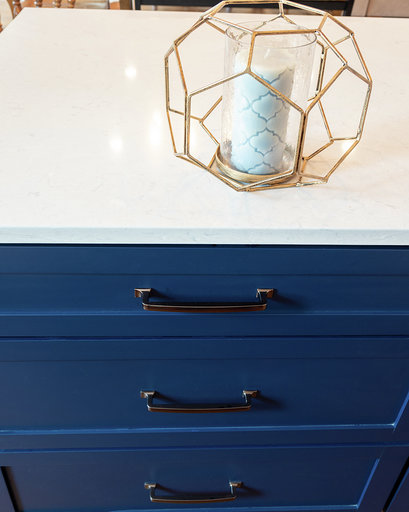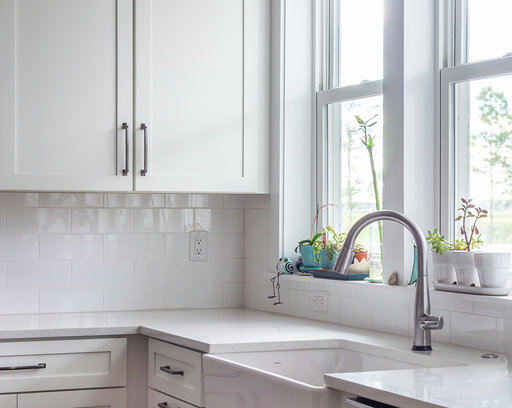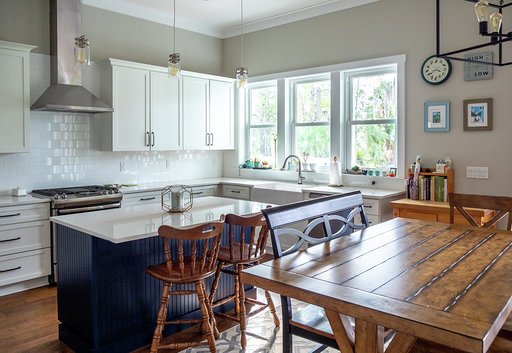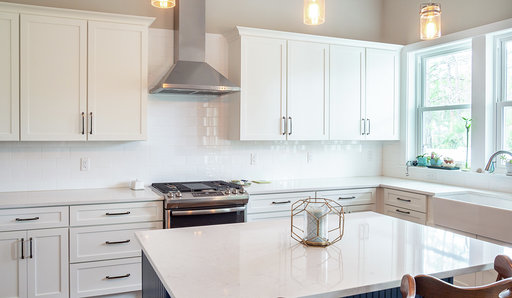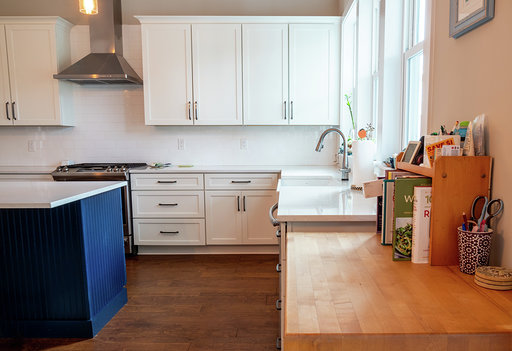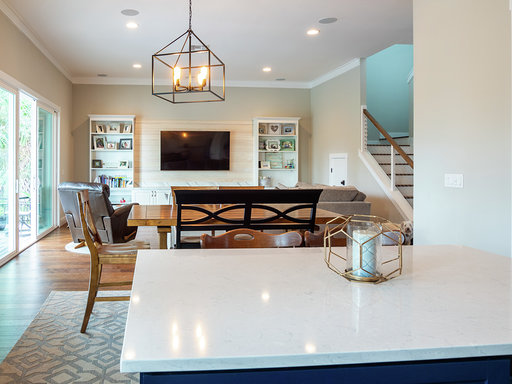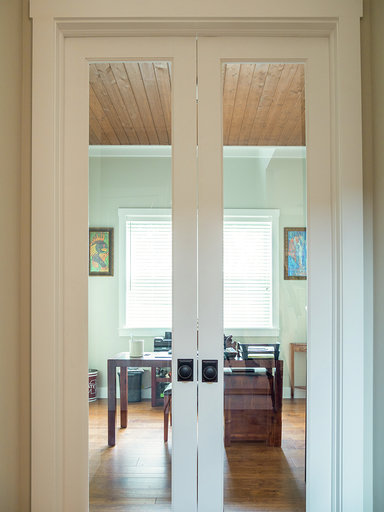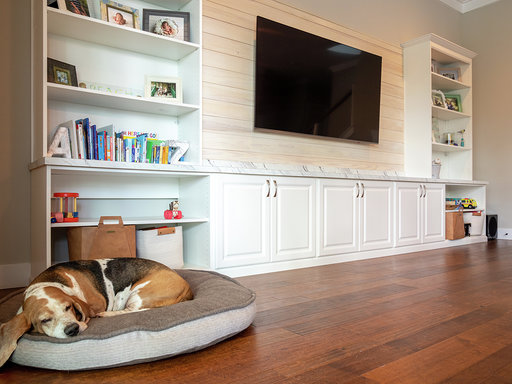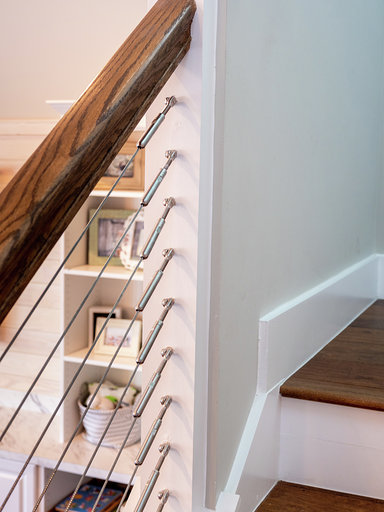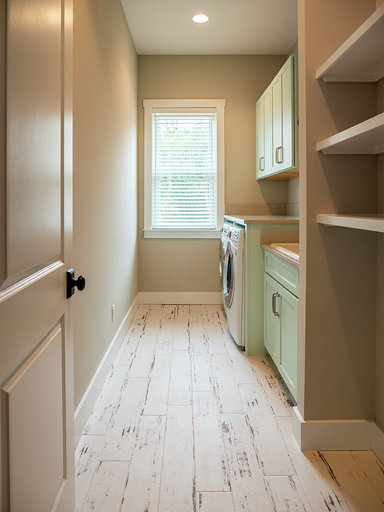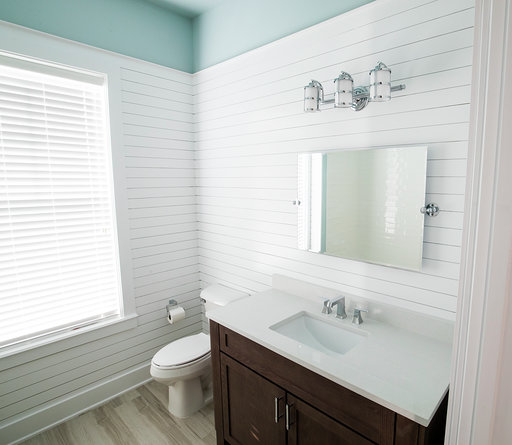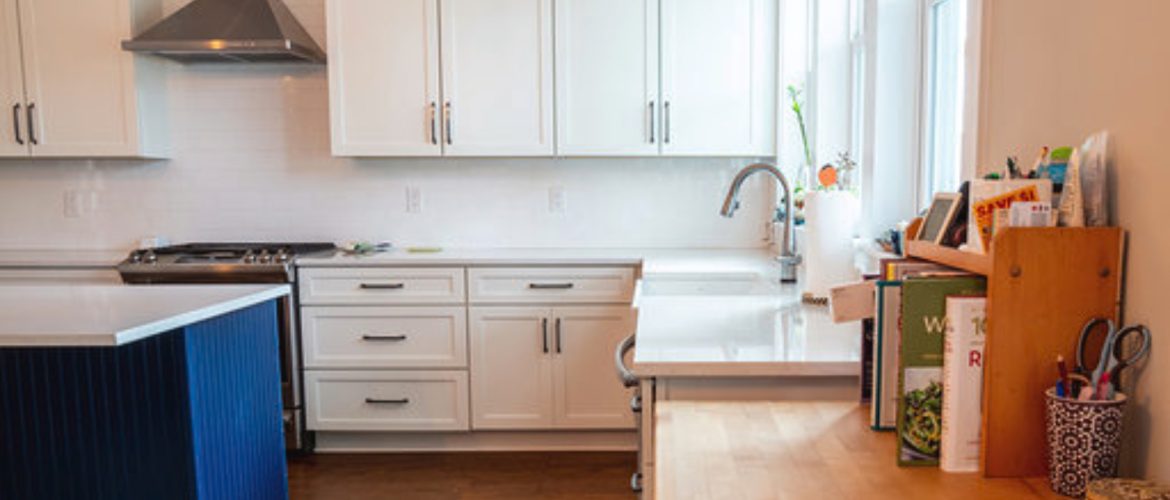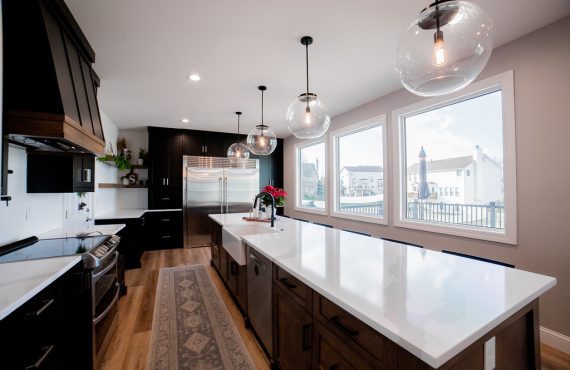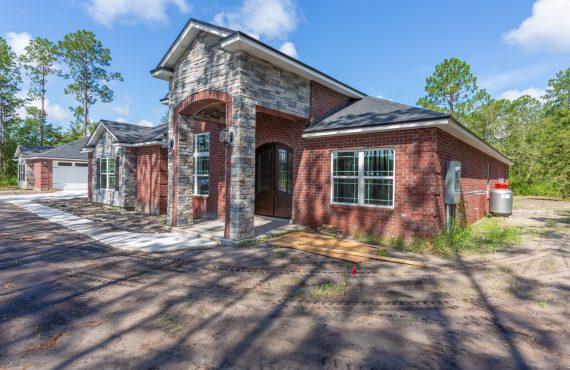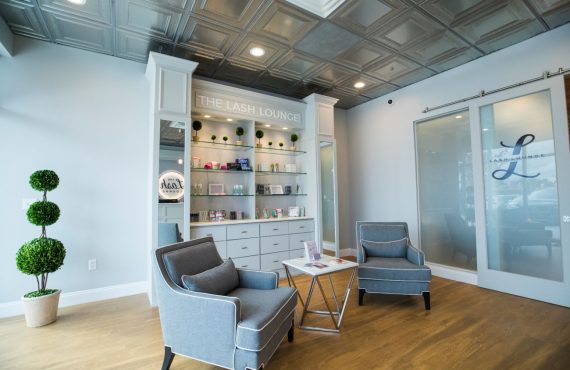When you’re planning a remodel, there are a lot of things to take into account. It can be overwhelming to consider everything that needs to be done before, during and after the project is complete. But if you follow these tips and tricks for preparing your home for a remodel, it will help make your next renovation project much easier than expected!
Set a realistic budget
The first step in planning a home remodel is setting a realistic budget. There are many factors that can add up to unexpected expenses during the project, including taxes and labor costs. Don’t forget about materials like paint and flooring either–you may need more than you originally planned on! You’ll also want to factor in permit fees, insurance premiums, etc., which can add up quickly if not accounted for upfront.
Importance of setting a budget
A budget is a critical tool for any homeowner who wants to take on a home improvement project. A budget helps you stay within your means, avoid overspending and focus on the important aspects of your home remodel.
A good rule of thumb is that if you don’t have enough money saved up to pay for all or most of it yourself, then you should not be doing this project at all!
How to determine a realistic budget?
Before you begin any project, it’s important to know what you can afford. To calculate this, first determine how much money is coming in each month and then subtract all of your monthly expenses. This will give you a rough idea of how much money is left over for remodeling projects or other home remodel and improvements.
Next, think about what needs to be done. Is there an area of the house that needs updating? Do some rooms need more storage space? Is there an appliance that needs replacing? Once these items have been identified, come up with a rough estimate of their costs so that they can be included in the budgeting process later on down the line when planning out exactly which projects will get done first (and when).
Once all necessary information has been gathered about potential changes and improvements for each room or area within a room–such as furniture needed/not needed; paint colors chosen/not chosen–the next step is figuring out how much everything would cost based on vendors’ quotes given after getting bids from several different contractors/suppliers before deciding which ones seem most reliable based on previous reviews left by other customers who’ve used them recently.”
Tips for staying within your budget
Set a budget. Before you start planning, it’s important to know what your budget is and how much you can spend on a remodel. This will help keep you from getting in over your head or putting unnecessary stress on yourself during what is already likely to be an emotional event for many homeowners.*
Make sure you have enough money for the remodel itself, as well as other costs that may arise during construction (inspections, permits). Also consider moving expenses if needed; renting storage space while work is being done; and even hiring someone else to do some of the heavy lifting when it comes time to move furniture around or put things back where they belong after completing renovations.*
Plan ahead
Planning ahead is the key to a successful remodel. By planning, you can be more flexible in your decisions and stay within budget. You’ll also have time to protect your belongings, communicate with contractors and make sure everyone knows what they’re doing when they get started on your project.
Here are some tips for getting started:
Benefits of planning ahead
If you’re planning to undergo a remodel, it’s important that you plan ahead. This can help you stay within your budget and avoid unexpected issues. It will also allow you to stay calm and focused during the home remodel.
Planning ahead allows one to know exactly how much money they need for their project before starting it.
It helps one avoid unnecessary purchases or expenses that may cost them more than expected later on down the line if they were not planned for beforehand (for example: buying more supplies than needed).
How to create a detailed plan
Use a planning tool. A good planning tool will help you keep track of all the details, so that when the project is done, it looks exactly how you want it to. You can use Excel or Google Sheets for this purpose.
Make sure you have enough time to complete the project in one go (if possible). If not, plan out several days at once and break down each day into tasks so that nothing gets overlooked or forgotten about during construction/remodeling periods.
Plan for unexpected delays–like bad weather or sicknesses in the family–and include them in your timeline accordingly so that any extra costs associated with these unforeseen events aren’t unexpected!
Set aside some extra money just in case something goes wrong during construction/remodeling periods; this way if there are any unanticipated expenses due to damage caused by workers knocking over furniture while working on walls or floors near existing structures like cabinets and bookcases inside rooms where dust from drywall dust may settle upon surfaces near them during remodel projects such as painting over old wallpaper before installing new drywall sheets after removing old ones first (or even just replacing old carpeting), etc., then having funds available gives homeowners peace-of-mind knowing they won’t have trouble paying off large sums due immediately following those unexpected incidents which could happen at any moment without warning – especially if someone slips while walking up stairs leading up towards second floor bedrooms located above finished basement levels containing bathrooms equipped with showers meant only used by guests staying overnight who plan ahead before booking accommodations online via Airbnb website rather than booking directly through hotels because hotels charge higher rates than what Airbnb offers its customers unless maybe they’re willing spend money upgrading their room type level based solely upon availability which means making reservations well ahead prior arrival date instead waiting until last minute which isn’t always feasible depending upon whether there still available rooms available within budget range preferred price range selected beforehand per person occupying room space reserved specifically ourselves
Protect your belongings
Cover furniture with plastic.
Protect floors with drop cloths.
Put together a kit of tools and materials you may need, like screwdrivers, tape measures or hammers. This will make it easier for you to find them when you need them and make sure that nothing gets lost in the shuffle. You can also include some snacks if your project takes longer than expected!
Ask for help from friends, family or neighbors who are willing to lend their muscle power during the renovation workday so that you don’t have to do everything yourself!
Importance of protecting your belongings
Protecting your belongings is the most important step in preparing your house for a home remodel. It’s easy to get caught up in all of the excitement, but make sure you don’t forget these essential tasks:
Protecting your belongings from dust and debris
Protecting your belongings from water damage
Protecting your belongings from fire damage
You can also protect yourself by making sure that there are no holes in the walls or ceiling where rodents could enter, and keeping an eye out for any cracks or gaps around windows that may let bugs come into contact with food in the kitchen.
Tips for moving and storing your belongings
When you’re preparing your home for a remodel, it can be tempting to leave some things behind. You might think that the old couch or table isn’t worth moving, but they could end up being damaged during construction and become unusable. Instead of taking this risk, pack up everything and store it safely in a storage unit until your project is complete.
If there’s no room in the new house for all of your belongings (or if there simply isn’t enough time), consider hiring professional movers who can take care of getting everything into its new place quickly and efficiently.
How to cover your belongings with protective plastic
Use plastic sheeting to cover furniture, appliances and other items that are not going to be moved. Make sure you use enough plastic so that there is no chance of anything being exposed.
Cover carpets and floors with a tarp or drop cloths before you start painting them. This will protect them from accidental spills while also making clean up easier later on! When using this method, make sure that everyone stays off the floor until it has dried completely (usually 24 hours).
Communicate with your contractor
Communication is key to any successful remodel. It’s important for you and your contractor to be on the same page and address any issues as they arise. Here are some tips for maintaining an open line of communication:
Be flexible. If your contractor has a change in plans or needs more time than expected, be willing to adapt without complaint; it’s part of the process!
Ask questions until everything makes sense–you should feel comfortable with what’s being done in your home before moving forward with the project at all stages of its completion (especially if there are things that aren’t clear).
Importance of communication
As a homeowner, you are the most important part of the equation. It’s up to you and your contractor to work together and make sure that everyone is on the same page at all times. This will help avoid any miscommunications or misunderstandings that could lead to problems down the road. In addition, it’s important that everyone involved in your project understands what their role is so they can be as efficient as possible with their time!
If there are any issues with how something was done during construction or if someone has an idea for improving something later on in construction (such as adding crown molding), address these right away before moving onto other things in order not only save money but also prevent future headaches down the road when trying fix something after completion has already taken place.”
Maintaining an open line of communication is one of the most important parts of planning for a remodel.
It’s important to maintain an open line of communication with your contractor throughout the process. This will help you address any issues that arise and make sure that everyone is on the same page.
It can be difficult to stay flexible during a remodel, but it’s critical that you do so whenever possible. If unexpected changes occur or something goes wrong, it’s best not to get too upset; instead, try to roll with the punches and adjust accordingly.
We hope that these tips have helped you think about your remodel and prepare for it. The most important thing to remember is that planning ahead will save you time and money in the long run. It’s also important to stay on top of communication with your contractor so they can keep everything running smoothly!

